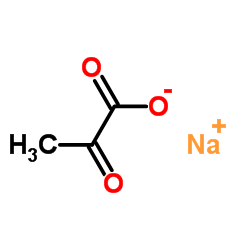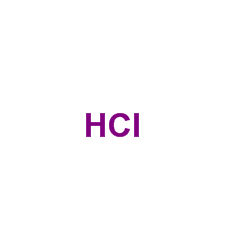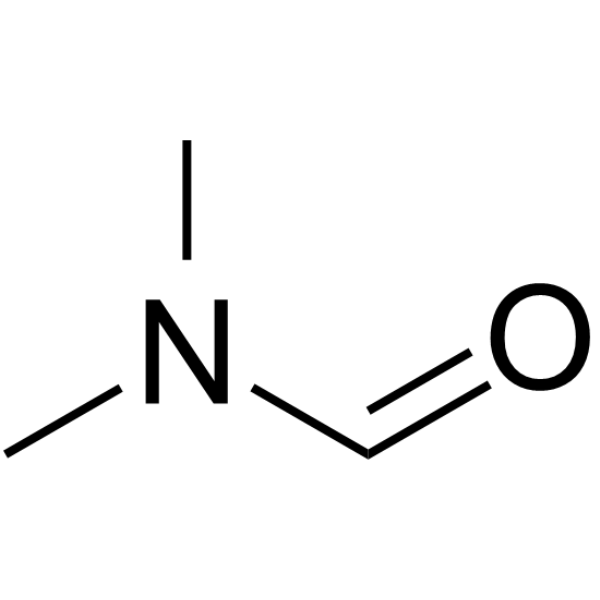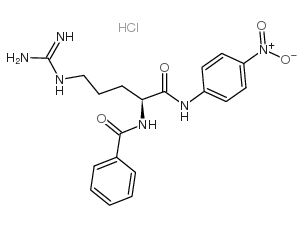| Structure | Name/CAS No. | Articles |
|---|---|---|
 |
Heavy water
CAS:7789-20-0 |
|
 |
Sodium 2-oxopropanoate
CAS:113-24-6 |
|
 |
Hydrochloric acid
CAS:7647-01-0 |
|
 |
N,N-Dimethylformamide
CAS:68-12-2 |
|
 |
L-Glutamine
CAS:56-85-9 |
|
 |
Bz-L-Arg-pNA.HCl
CAS:21653-40-7 |